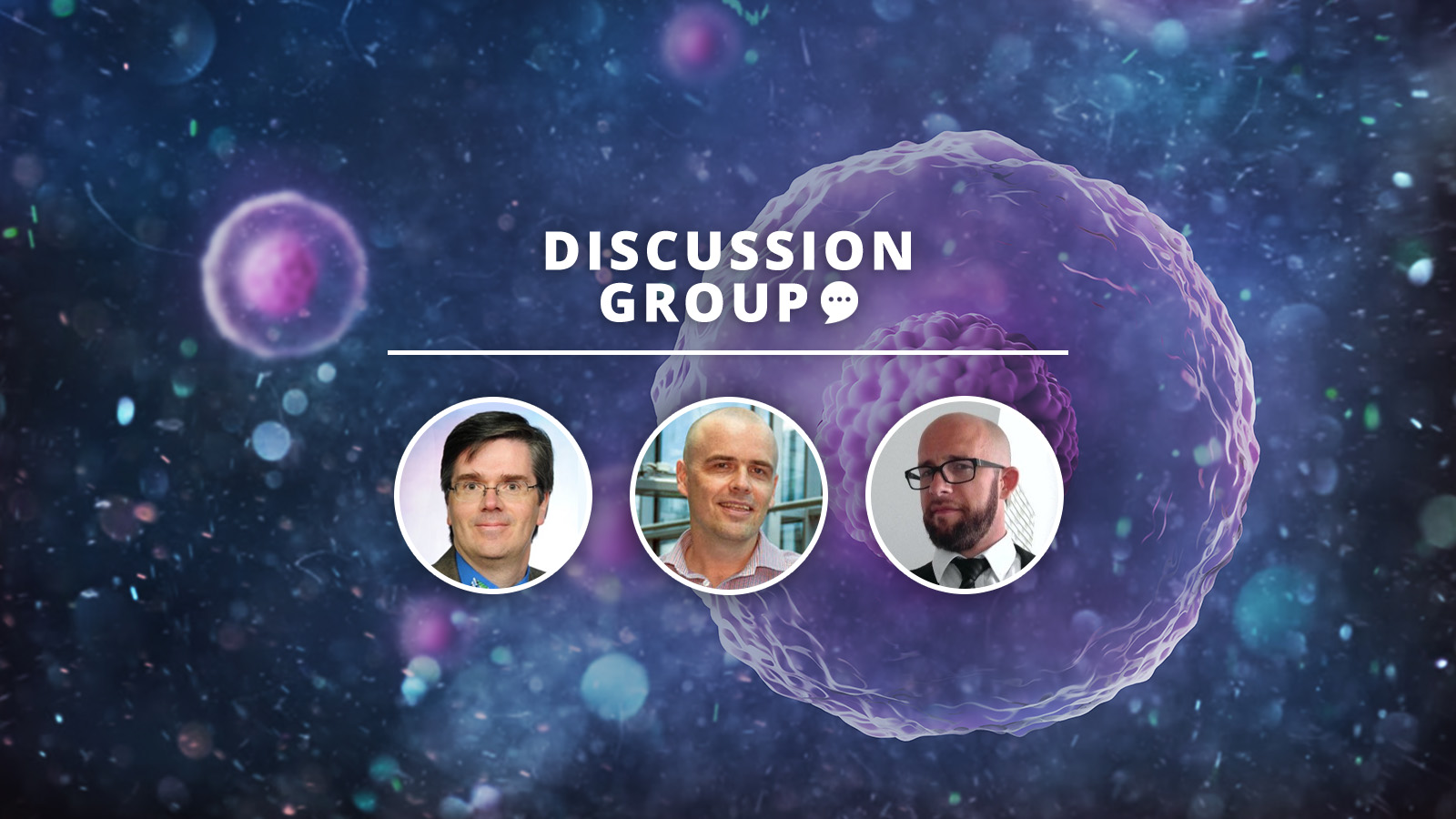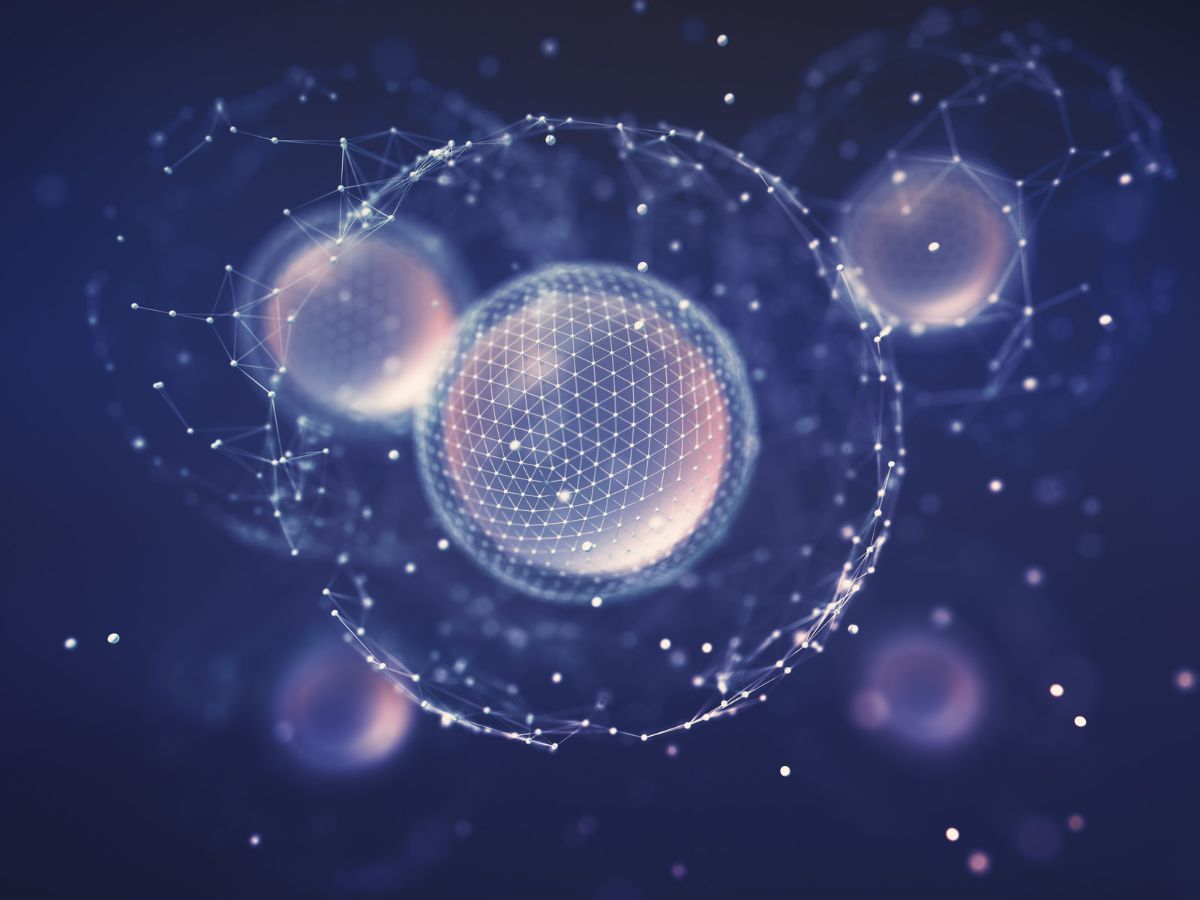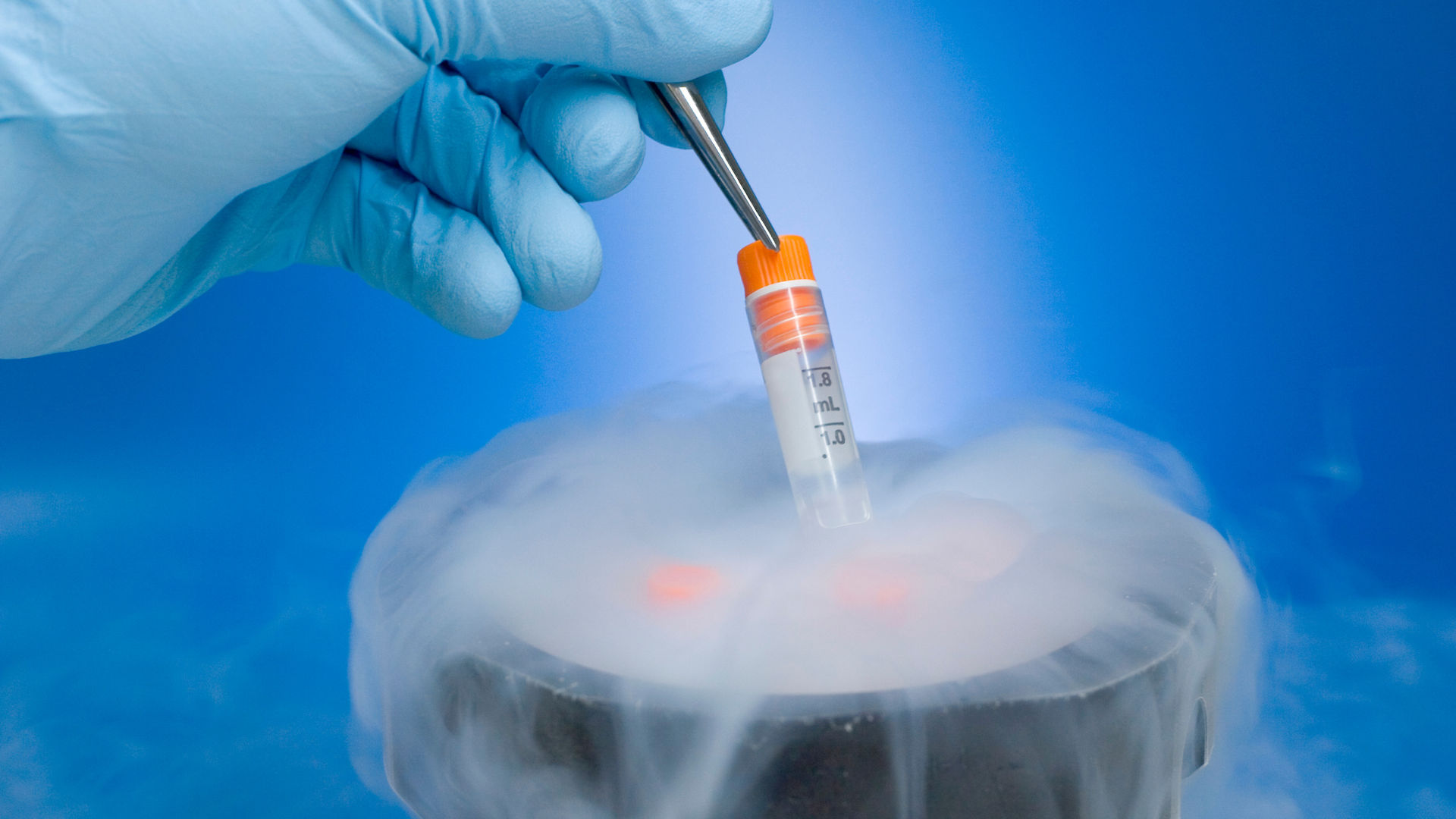3D Model Development

Our April group came together for an hour of specialist discussion about the current state and future directions of 3D model development for cell and gene therapy. This Discussion Group was a selected group of key industry leaders from various pharmaceutical companies and research institutions. Key discussion topics included organoids vs cell models, pathophysiology relevance, and matrices selection.
Raymond Mattingly, Professor and Chair of Pharmacology and Toxicology at the Brody School of Medicine, East Carolina University, led the discussion. He was joined by Sasha Mendjan, Human Mesodermal Organogenesis Group at the Institute of Molecular Biotechnology and Darius Widera, Associate Professor in Stem Cell Biology and Regenerative Medicine at the University of Reading, who were there to support.
Accelerating the Integration of 3D Models with Research:
Mattingly kicked off the session with a brief introduction to the current landscape of 3D model development. Entitled ‘Accelerating the Integration of 3D Models with Research,' the overview alluded to the primary functions of models for in vivo studies and touched on the global impact created by the cell culture and organoid market. Mattingly opened with the following sentiment: “3D model development is the Holy Grail of next-generation therapeutics.”
He explained how “there is currently a massive global business for 3D modelling, with huge players involved.” Merck KGaA, Thermo Fisher Scientific, Lonza, Corning Inc, and Organoid Therapeutics are among just some of the key industry figures broadening the horizons of 3D model development. However, within the field there remains some scepticism surrounding the commercial success and failed attempts derived from 3D model utility, Mattingly pointed out.
Duration Drawbacks for 3D Model Development:
After the introduction concluded, Mattingly opened the floor to discuss the current challenge of duration in model discovery. He highlighted how “we all want to come up with a model that is most relevant to whatever the pathophysiology is that we are interested in, however, the reality is not always simple.” Duration is a particular difficulty of the development process, with Mattingly explaining how “sometimes the model requires termination due to limited lab resources and expertise.”
- Understanding Disease Progression with 3D Model Development
- How can 3D Cell Cultures Tackle Tumours In-Vitro?
- Cultivating Neuro-Organoids for Translational Research
Many models require constant feeding with a daily dose of growth factor. Termination and abandonment may become inevitable should a model require a longer duration in an understaffed laboratory. “It's terrible when you think about it but this is the unfortunate reality for many discovery tests,” he continued. Drawbacks, therefore, include wasted time, effort, and resources, as well as a limited understanding of the long-term effects of chronic disease.
Optimal Model Selection for Disease Application: Organoids vs. Cell Lines vs. iPS Cells:
Widera identified three main 3D model types: organoid, cell lines, and induced pluripotent stem cells (iPS). Organoids are culture systems that mimic the organisation and development of the human organs, whilst cell line models create a culture environment allowing human cells to grow and interact with extracellular matrices and frameworks. iPS cells are artificial stem cells produced through co-expression of defined pluripotency-associated factors in somatic cells.
Mattingly deemed iPS cells “a promising way to get genetics into the model to perform genetic manipulation.”
Organoids are easily reproducible and are prime model candidates for personalised medicine. “The potential for new drugs and new drug targets for organoids is plentiful,” Widera commented. Their utility for precision medicine involves employing a patient-specific organoid to assess the most likely effective treatment in a stratified patient population. A significant drawback remains; the maximum size achievable without complex vasculature features is approximately 500 micrometres, which does not sufficiently reflect human physiology. Consequently, there are limitations to the possible organs and organ systems to be mimicked by organoids.
The panel agreed that for cell lines or 3D cell cultures, drawbacks include the duration of the separation of single cells from proteolytic degradation, which can take up to a few days. Other challenges are that they possess a short lifespan and are challenging to replicate. Nevertheless, 3D cell cultures present a physiologically relevant model to mimic in vivo tissue.
Mattingly deemed iPS cells “a promising way to get genetics into the model to perform genetic manipulation.” However, iPS cells produce an embryonic-like phenotype, which can be limited. Widera claimed that “to have something disease-specific, you have to mature the iPS model for years.” This extensive maturation is not always possible to perform on a routine basis in a lab.
Comparative Matrices - The Building Blocks of 3D Model Development:
One audience member then asked about the implications of matrices for 3D model development and advancement. Mendjan responded by saying that “matrices are crucial, not only from an economic point of view but also in their determination of robustness and reproducibility.” Matrices refer to the substance used to bind cells and the structure in which they are embedded.
Synthetic matrices have the potential to ensure reproducibility, whilst naturally sourced matrices tend to see more see batch-to-batch variability. According to Mendjan, “the more complex your organoid gets, and combined with these vulnerabilities in the matrice, it can start getting difficult”. He elaborated that identifying conditions to grow heart organoids without exogenous extracellular matrices circumvented the variability due to the ability of cardiomyocytes to produce their own matrix.
Synthetic matrices have the potential to ensure reproducibility, whilst naturally sourced matrices tend to see more see batch-to-batch variability.
“At the Institute of Molecular Biotechnology, we used the heart to experiment with this and essentially relied on the cells producing their materials themselves,” Medjan continued. The lab found a higher degree of reproducibility and identified aspects such as throughput, time, and cost as being heavily affected by exogenous matrix-free differentiation. “There could still be a lot of work done in this direct motion to make models more stable, reproducible, and simpler,” he concluded.
Concluding Thoughts:
The discussion wrapped-up with some final thoughts on the future of complex models and the implementation of immune components. With the rapid development of complex brain and cardiac organoids in particular, we can expect to see trends such as medium selection and circulation becoming essential industry priorities moving forward. At Oxford Global, we couldn't have been more pleased with the turnout for our April cell Discussion Group. The conversation was engaging, the debate stimulating, and the industry insights invaluable. We will continue our Discussion Group series in May with a session focusing on ‘Upstream Bioprocessing'. Learn more about the Oxford Global Discussion Group series at our Cell Content Portal.
Want to find out more about the latest cell therapy news? Register now for our Cell UK: In-Person event to advance your understanding of cell-based products to ensure clinical and commercial success.








